Chest freezers are a fantastic way to store your food and keep it fresh for longer. They offer a ton of space, making them perfect for bulk purchases or meal prepping. Plus, their energy efficiency means you can save on your electricity bill while stocking up on all your favorite goodies.
Chest Freezers
Keep your food fresh and organized with our selection of chest freezers
Product List
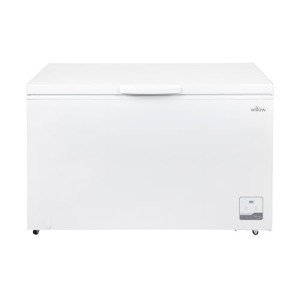
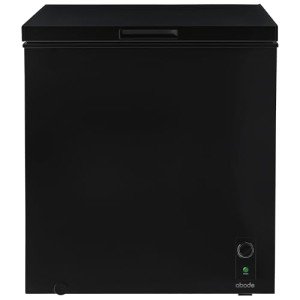
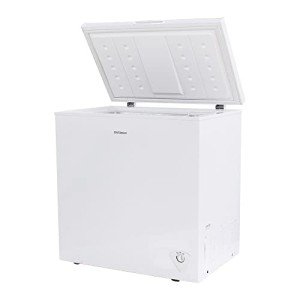
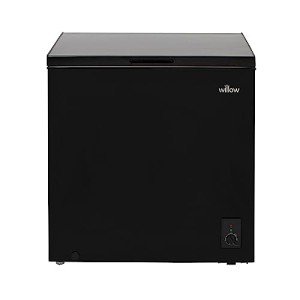
Willow 199L Chest Freezer - Black
Willow
Product Review Score
4.88 out of 5 stars
154 reviews£184.99
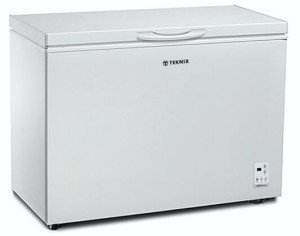
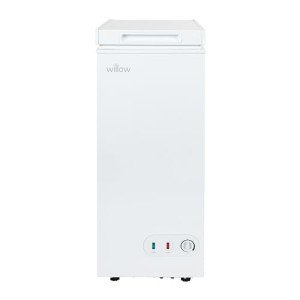
Willow 51L White Chest Freezer
Willow
Product Review Score
4.41 out of 5 stars
206 reviews£149.99 £139.99
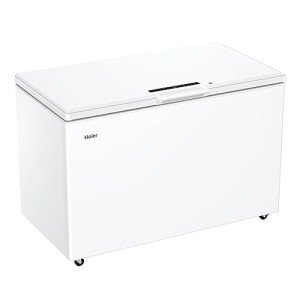
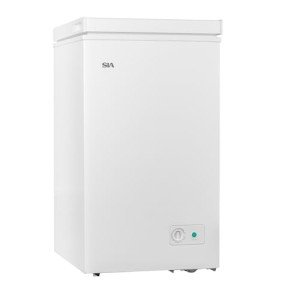
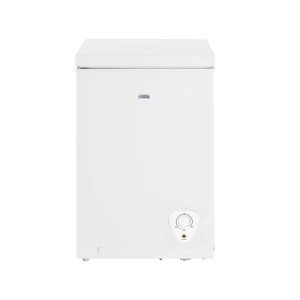
Haden 95L Adjustable Chest Freezer
Haden
Product Review Score
4.14 out of 5 stars
91 reviews£249.99
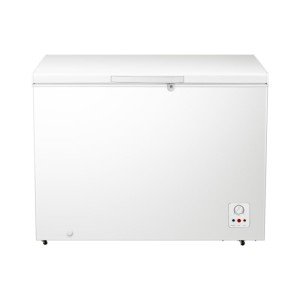
Fridgemaster White Chest Freezer
Fridgemaster
Product Review Score
4.81 out of 5 stars
162 reviews£269.00
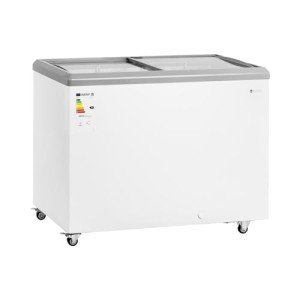
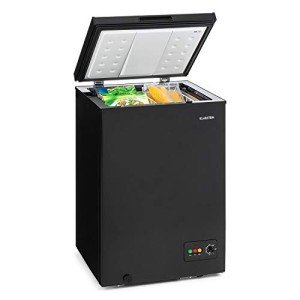
When it comes to food storage solutions, chest freezers offer a unique blend of efficiency, capacity, and versatility. Unlike traditional upright freezers, chest freezers are known for their spacious interiors and energy-efficient designs, making them popular choices for families, food enthusiasts, and those seeking to maximize storage for bulk purchases. This blog post aims to provide a comprehensive overview of chest freezers, including their benefits, considerations for purchase, maintenance tips, and answers to frequently asked questions.
What is a Chest Freezer?
A chest freezer is a large, rectangular appliance designed to store frozen goods. It opens from the top, allowing easy access to food items while maintaining optimal temperatures inside. These freezers typically offer more storage capacity than standard household freezers, making them ideal for freezing meats, vegetables, and meals, as well as storing seasonal items.
Key Advantages of Chest Freezers
| Advantage | Description |
|---|---|
| Storage Capacity | Chest freezers generally have larger capacities than upright models, perfect for bulk buying and meal prepping. |
| Energy Efficiency | They tend to use less energy due to better insulation, which can save you money on electricity bills. |
| Temperature Stability | The design allows for more constant temperatures, reducing the risk of temperature fluctuation that can spoil food. |
| Versatility | Suitable for various food items, including meats, fruits, veggies, and essentials for meal prep. |
| Space Optimization | Their design enables stacking of items, freeing up vertical space and simplifying organization. |
Types of Chest Freezers
When choosing a chest freezer, it's essential to understand the different types available to best suit your needs.
Table 1: Types of Chest Freezers
| Type | Description |
|---|---|
| Manual Defrost | Requires manual defrosting to remove built-up ice; generally less expensive but requires more upkeep. |
| Frost-Free | Automatically prevents frost from forming, eliminating the need for manual defrosting but usually costs more upfront. |
| Convertible | Can switch between freezer and refrigerator modes; useful for versatility, particularly in summer or for short-term needs. |
Factors to Consider When Buying a Chest Freezer
Before making a purchase, buyers should evaluate several factors to ensure they select the right model for their needs.
Capacity
The capacity of a chest freezer is one of the most critical considerations. Here are some general estimates to help gauge how much storage you may require:
| Household Size | Recommended Capacity (in Cubic Feet) |
|---|---|
| 1-2 People | 5-9 Cubic Feet |
| 3-4 People | 12-16 Cubic Feet |
| 5+ People | 18+ Cubic Feet |
Size and Space
Measure the area where you intend to place your chest freezer. Consider factors like door swing, access, and clearance for ventilation.
Energy Efficiency
Look for the ENERGY STAR® label to ensure your freezer is energy-efficient. This can save you money over time on energy bills while being environmentally friendly.
Features
Many chest freezers come with additional features that enhance their functionality and ease of use:
- Baskets and Dividers: Help organize items and make retrieval easier.
- Temperature Control: Allows for adjustments based on contents.
- Lockable Lids: Offers security for valuable items.
Price
Prices for chest freezers can vary widely. Budget accordingly, taking into account the features and capacity you need.
Maintenance Tips for Your Chest Freezer
To prolong the lifespan and efficiency of your chest freezer, consider the following maintenance tips:
- Regular Cleaning: Clean the interior and exterior regularly to prevent odors and bacteria growth.
- Check Seals: Ensure that the door seals are airtight to maintain temperature.
- Keep It Full: A full freezer maintains its temperature better than an empty one.
- Defrost When Necessary: If you have a manual defrost model, ensure to defrost when ice buildup reaches about a quarter of an inch.
- Monitor Temperature: Keep a thermometer inside to ensure it stays between -0°F and -10°F for optimal food preservation.
Frequently Asked Questions (FAQs)
1. How long can food be stored in a chest freezer?
Food can be stored in a chest freezer for varying lengths of time based on the type of food. Typically, frozen meats can last from 4 months to a year, while vegetables can last around 8-12 months.
2. Can I leave my chest freezer unplugged for long periods?
If you plan to unplug your chest freezer for an extended period, ensure it’s emptied, cleaned, and dried thoroughly to prevent mold growth.
3. How much electricity does a chest freezer use?
On average, a chest freezer may consume between 200-400 kWh annually, depending on the model, size, and how often it's opened.
4. Do I need a surge protector for my chest freezer?
While not mandatory, using a surge protector can help safeguard your freezer from voltage spikes, extending its lifespan and protecting your food investment.
5. What can I do if my chest freezer isn't cold enough?
First, check the temperature setting, and ensure the door seals are intact. If problems persist, check for frost accumulation, and consider contacting a professional technician.
Chest freezers are an invaluable asset for households looking to effectively store food items over a long period. Their advantages, such as larger capacity, energy efficiency, and versatile storage options, make them ideal for various lifestyles. By understanding your needs and considering key factors during purchase, you can select the perfect chest freezer for your home. Beyond just acquiring one, regular maintenance and awareness can help ensure your freezer functions optimally for years to come.
In today’s economy, a chest freezer is not only a practical investment but also a strategic choice for reducing food waste and maximizing your grocery budget.